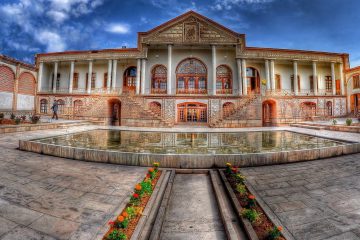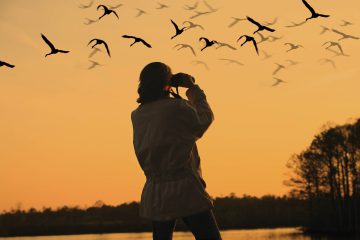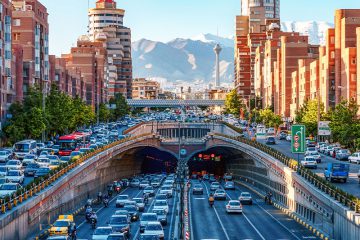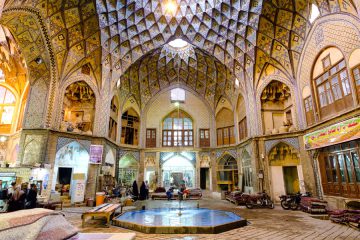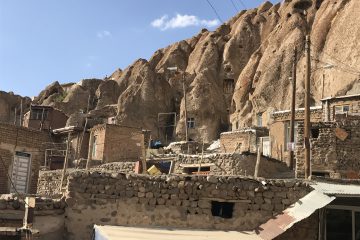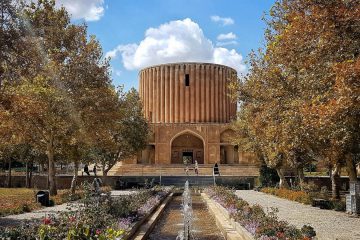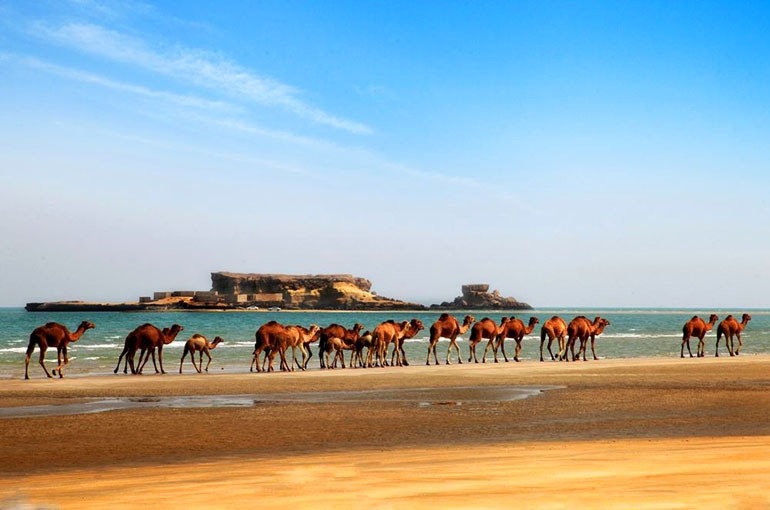
Qeshm Island : The Untouched Paradise
In the southernmost point of Iran, Qeshm Island is in the heart of the sky-blue waters of the Persian Gulf. This vast island, with an area of nearly 1,500 square kilometers, is the largest island in Iran and more significant than several independent countries worldwide. The island is located in the strategic Strait of Hormuz, and the water distance of Qeshm City from Bandar Abbas is 22 km, and the coolest blue distance to Qeshm Island with the mainland in the northern nose is 1.8 km in between the port of Laft and the village of Pahl. Qeshm attracts hundreds of thousands of tourists every year with its unique beauty and attraction tourism.
Qeshm Island Attractions
There are three types of attractions in Qeshm island:
- Natural attractions for nature lovers, the environment, coastal and marine sports, geosciences researchers, zoology researchers, and …
- Cultural attractions for lovers of art, culture, and arts
- Attractions suitable for shopping from traditional and modern markets
Despite the seasonal winds in Qeshm Island, the final months of autumn and winter and the first two months of the year are favorable weather for tourists and travelers.
The beautiful and elegant nature of Qeshm Island affects every visitor. The eroded mountains and valleys, salt caves with unsurpassed gullies, the vast forest of Hara, and the ground for the hawksbill turtles to breed have introduced Qeshm as the seventh wonder of the Persian Gulf.
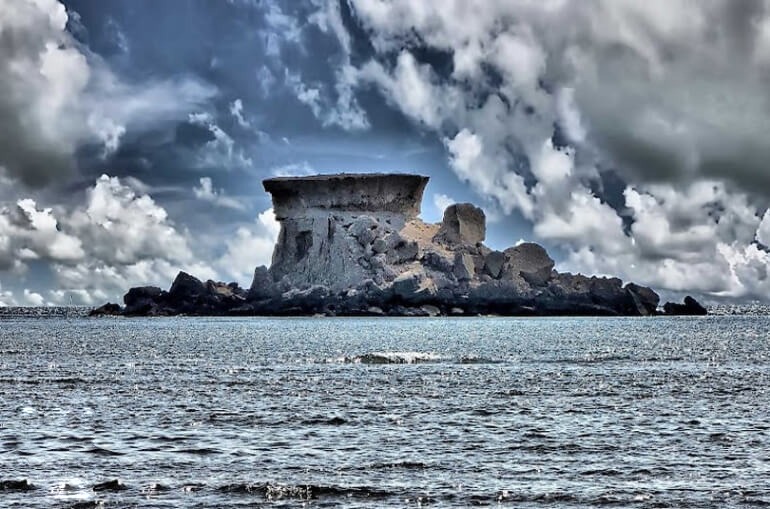
Qeshm Island is famous for its wide range of ecotourism attractions, such as the Hara marine forests. According to environmentalists, about 1.5% of the world’s birds and 25% of Iran’s native birds annually migrate to the forests, the first national geopark. An ancient Portuguese castle, historic mosques, Seyyed Mozaffar and Bibi Maryam shrines, various ponds, and mangrove forests are among the tourist attractions on the island.
Qeshm Island: Chahkooh Canyon
Chahkooh Canyon is located at a 15 km distance from Tabl village in South-Eastern Chahoo village, Qeshm Island. In the site, there are two canyons plumbed on each other vertically. It is a narrow canyon with vertical rims and beautiful formations, which seems to represent a creative artist’s demonstration. In some cases, the width of these rims reaches even 1 m. this canyon has been created in a layer of sand, and due to the existence of marl layers, slit, and lime and their dissolving erosion in holes, several beautiful ruts have been created.
Since the floor of the canyon is the place on which water flows each time it rains, the locals have graved a well (Chah in Persian) on it to make use of water, so the name “Chahkooh,” which means “Mount Well” has accordingly been chosen for it.

Qeshm Island: Shour Valley
This canyon is located in the Salakh anticline, Qeshm Island. The locals call it Makina Canyon or Howbad (Water Therapy). Shour Valley has been named due to many efforts by Mr.Bizhan Dareh Shouri for the region. As it is clear, the suffix of his surname is “Shouri,” which means “Salinity” taken from the word “Salt”.
Therefore, it is the reason why this site is given the name “Shour” (Salty). In this valley, the oldest sedimentary layers of the island (sepulchral limestone) can be observed. Furthermore, the island’s highest peak, which reaches 400 meters, is near this valley. As this area is located at the center of the anticline, gas-rich resources are also located in the center of this site.
Qeshm Island: Turtle breeding area
Shibdaraz’s beautiful village beach, 48 km off Qeshm city, is one of the several places for hawksbill turtles to breed in the Persian Gulf. Each year, the turtles come to this area to lay eggs from about March until about the end of July.
This species is under extinction the local society has started to participate in protection programs.

Qeshm Island: Mangrove forests
Mangrove forests are unique wetland ecosystems established directly in the intertidal zone. Mangrove forests of southern Iran mainly consist of the Avicenna marina, a species named after the great Iranian scientist Avicenna (or Abu-Ali Sina). The Hara forest constitutes the most western limits of the mangrove forests of Southeast Asia.
Hara Protected Area is located in the Khuran Straits, between Qeshm Island and the mainland (Khamir Port), and consists of mangrove forests that have grown more or less densely in the wet and muddy areas of this intertidal wetland.
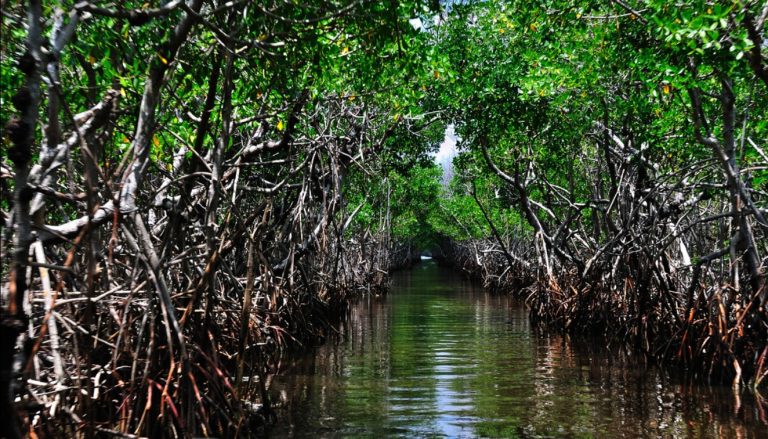
The Longest Salt Cave in the world
In Qeshm Island, the salt dome site, known as the other remarkable and scientific attraction of Qeshm Island Geopark,, has arisen due to the Diapirism phenomena in which the longest salt cave in the world is located. Moreover, the existence of salt springs that have whitened the surrounding area, has given it a marvelous landscape. In this region, several types of metamorphic rocks, sedimentary rocks, and igneous stones can be found that are used for studying and researching mineralogy and lithology.
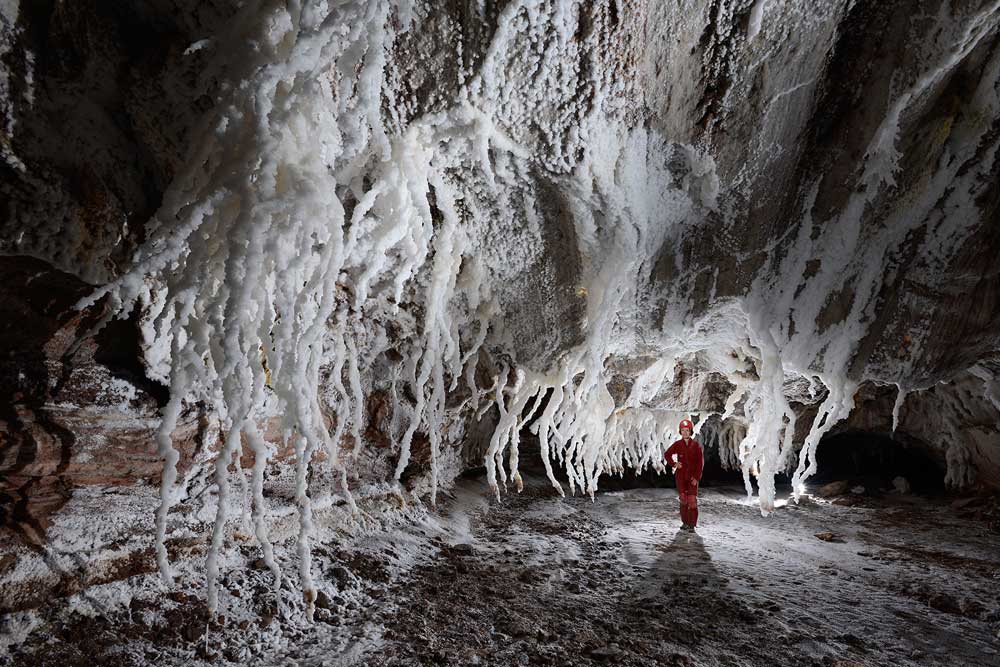
Conclusion
Qeshm Island is the most oversized island in the Persian Gulf near the straits of Hormuz. It is stretched closely along the south coastline (Hormozgan) of the Iranian mainland.
The Qeshm Island is 130 km, long and the widest part is around 11-35 km between Tabl and Salakh. The number of species and communities is 370 and 67, respectively.
The island is eye-catching with the charm of tourism, with a capacity of about 7000 beds in diverse hotels and tourist attractions of the countryside, providing a memorable and exciting journey for tourists.
It’s something to try, Travel to Iran in summer!

